Introduction
Bamboo Shoot and Winter Melon Soup, known in Chinese cuisine as Biǎn Jiān Dōng Guā Tāng, is a light, refreshing dish that embodies the essence of home-cooked comfort. Rooted in Chinese culinary traditions, this soup is celebrated for its delicate balance of flavors and textures, combining the earthy crunch of bamboo shoots with the soft, mild sweetness of winter melon. Often served during warmer months or as a palate-cleansing component of multi-course meals, this soup is both nourishing and hydrating. Its simplicity belies its depth, as the ingredients harmonize to create a broth that is both soothing and revitalizing.
This article will guide you through the process of crafting this timeless soup, from selecting the finest ingredients to mastering the cooking techniques that elevate it from ordinary to extraordinary. Whether you are a seasoned cook or a novice in the kitchen, this recipe offers a gateway to exploring the subtle art of Chinese soup-making.
Understanding the Key Ingredients
To create an authentic Biǎn Jiān Dōng Guā Tāng, familiarity with its core components is essential. Each ingredient plays a distinct role in shaping the soup’s character:
-
Bamboo Shoots (Biǎn Jiān): These are young, tender shoots of bamboo that have been processed to preserve their crisp texture and mild flavor. Often sold dried or pickled, they add a unique umami depth to the broth. For this recipe, we recommend using salted dried bamboo shoots, which require rehydration before use.
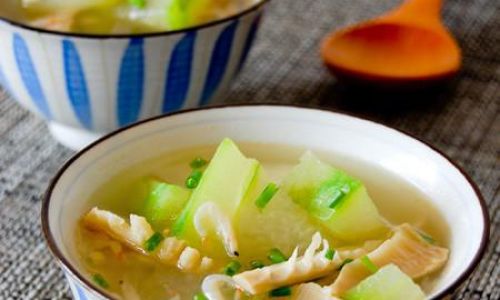
-
Winter Melon (Dōng Guā): Also known as ash gourd or white gourd, this large, oval-shaped vegetable has a pale green skin and translucent flesh. Its high water content and subtle taste make it an ideal base for clear soups, as it absorbs the flavors of its companions without overwhelming them.
-
Aromatics and Seasonings: Fresh ginger, scallions, and a light touch of salt or soy sauce form the flavor foundation. Optional additions like dried shrimp or mushrooms can enhance complexity, though the classic version relies on minimalism.
-
Broth: While some recipes use chicken or pork stock, a vegetarian version can be equally satisfying. For this guide, we will focus on a clear vegetable broth to highlight the natural tastes of the ingredients.
Ingredient List
- 200g salted dried bamboo shoots
- 500g winter melon, peeled and cubed
- 1-inch piece fresh ginger, thinly sliced
- 2 scallions, white and green parts separated, finely chopped
- 8 cups water or vegetable broth
- 1 tsp sesame oil (optional, for garnish)
- Salt or light soy sauce, to taste
- 1 tbsp cooking oil (neutral, such as vegetable or canola)
Step-by-Step Preparation
Rehydrating the Bamboo Shoots
Salted dried bamboo shoots are a pantry staple in many Chinese households, but they require proper preparation. Begin by rinsing the shoots under cold water to remove excess salt. Place them in a bowl, cover with warm water, and soak for 2–3 hours, changing the water every 30 minutes to reduce bitterness. After soaking, drain and slice the shoots into thin strips or matchsticks.
Preparing the Winter Melon
Winter melon’s thick, waxy skin can be challenging to peel. Use a sturdy vegetable peeler or a sharp knife to remove the green outer layer, revealing the pale flesh beneath. Slice the melon into 2-inch cubes, discarding the seeds and fibrous center. For aesthetic appeal, consider cutting the cubes into decorative shapes, such as rectangles or diamonds.
Sautéing the Aromatics
Heat the cooking oil in a large pot over medium heat. Add the sliced ginger and the white parts of the scallions, stirring until fragrant (30–45 seconds). This step releases essential oils, infusing the broth with aromatic warmth.
Simmering the Broth
Pour the water or vegetable broth into the pot and bring it to a gentle simmer. Add the prepared bamboo shoots and winter melon. Maintain a low simmer to avoid overcooking the vegetables, which can result in mushiness.
Cooking Time and Texture
Allow the soup to simmer for 20–25 minutes, or until the winter melon turns translucent and the bamboo shoots soften slightly. Avoid boiling vigorously, as this may cloud the broth and compromise the melon’s texture.
Seasoning to Taste
Once the vegetables are tender, season the soup with salt or light soy sauce. Taste and adjust seasoning gradually, as the bamboo shoots may already contribute saltiness. For a hint of richness, drizzle with sesame oil just before serving.
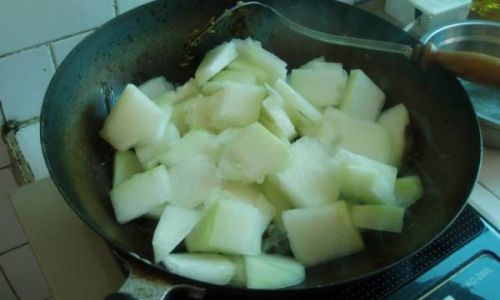
Garnishing and Serving
Ladle the soup into bowls and garnish with the reserved scallion greens. Serve hot, accompanied by steamed rice or as part of a multi-course meal.
Expert Tips for Perfecting the Soup
- Balancing Saltiness: Salted bamboo shoots vary in brininess. Always taste the rehydrated shoots before adding additional salt. If the broth becomes too salty, dilute it with water or unsalted stock.
- Enhancing Flavor: For a deeper taste, add a small handful of dried shrimp or shiitake mushrooms during the simmering phase. These ingredients impart umami without overpowering the soup’s subtlety.
- Texture Control: Overcooking winter melon can cause it to disintegrate. Test for doneness by piercing a cube with a fork—it should yield slightly but retain its shape.
- Vegetarian Adaptation: To make the soup vegan, omit sesame oil and use a vegetable broth. For a heartier version, substitute water with mushroom or kombu-based dashi.
Troubleshooting Common Issues
- Bitter Aftertaste: If the bamboo shoots taste bitter despite soaking, blanch them in boiling water for 2–3 minutes before adding to the soup.
- Cloudy Broth: Ensure the liquid simmers gently, as rapid boiling causes proteins to coagulate, resulting in a murky appearance.
- Lack of Depth: If the soup tastes flat, introduce a splash of rice wine or a pinch of sugar to brighten the flavors.
Cultural Significance and Health Benefits
In Chinese culture, soups like Biǎn Jiān Dōng Guā Tāng are more than sustenance—they are expressions of care and tradition. Served during family gatherings or to nourish the sick, this dish symbolizes purity and balance.
From a nutritional standpoint, winter melon is a diuretic powerhouse, rich in vitamins B and C, potassium, and dietary fiber. Bamboo shoots are low in calories and high in antioxidants, making the soup a guilt-free indulgence. Its hydrating properties also make it a favored remedy for summer heat exhaustion.
Variations and Creative Twists
While the classic recipe is a testament to simplicity, adventurous cooks may experiment with:
- Protein Additions: Introduce diced tofu, shredded chicken, or thin slices of pork for a protein boost.
- Herbal Infusions: Add a few slices of goji berries or dried lily buds for a touch of sweetness and visual appeal.
- Spicy Kick: Serve the soup with a side of chili oil or freshly ground white pepper for those who enjoy heat.
Storing and Reheating Leftovers
This soup keeps well in the refrigerator for up to three days. Store it in an airtight container to prevent odor absorption. Reheat gently over low heat to preserve the vegetables’ texture. Avoid freezing, as the winter melon may become watery upon thawing.
Conclusion
Biǎn Jiān Dōng Guā Tāng is a testament to the beauty of understated cooking. Its elegance lies in the harmony of its ingredients, each contributing to a broth that is both grounding and uplifting. Whether enjoyed as a starter, a side dish, or a light meal, this soup invites you to slow down, savor, and appreciate the art of simplicity.
By mastering this recipe, you gain not just a dish, but a deeper understanding of Chinese culinary philosophy—where flavor, texture, and intention converge. So gather your ingredients, embrace the rhythm of the stove, and let this timeless soup nourish your body and spirit.
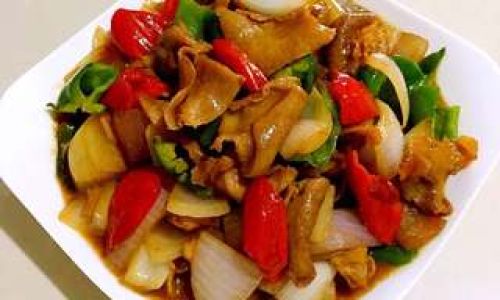
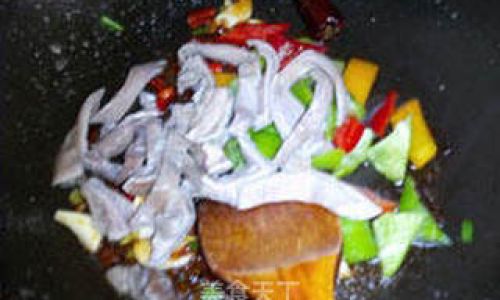

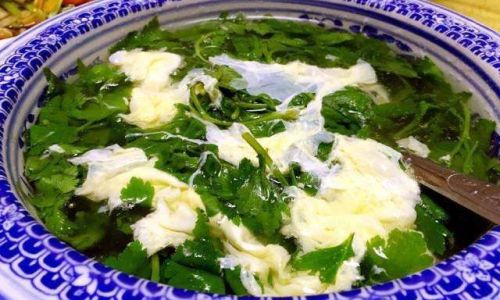
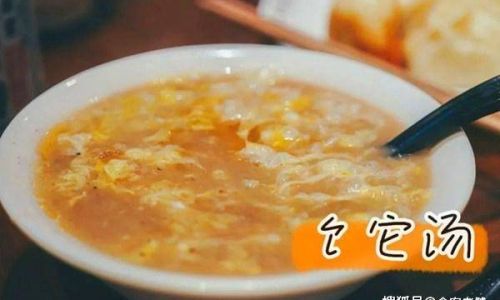
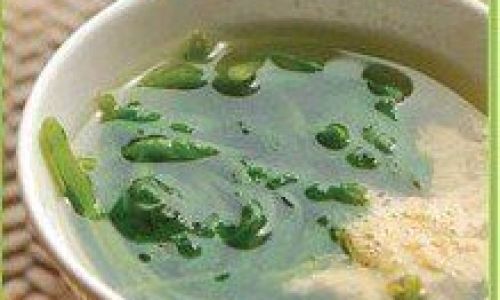
0 comments